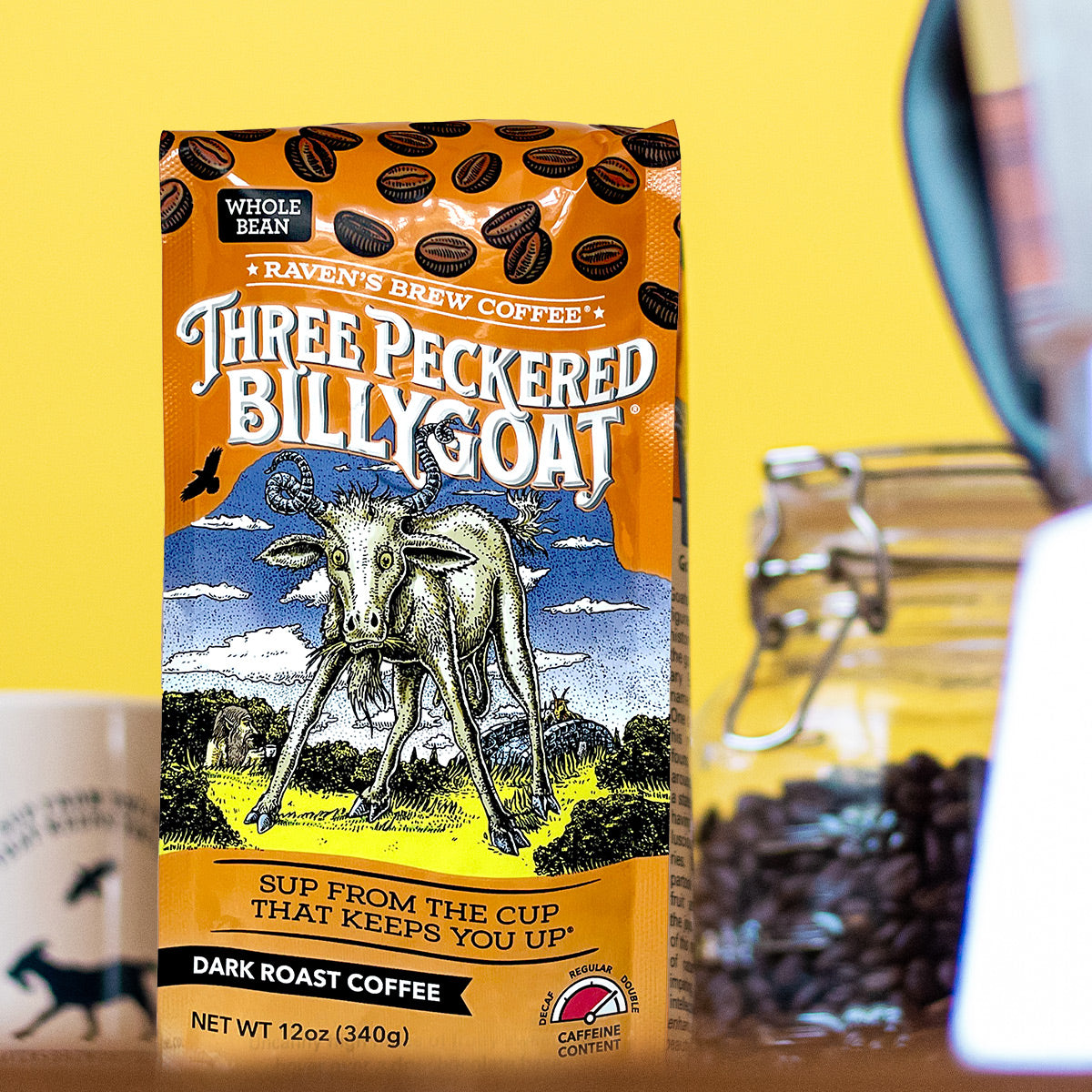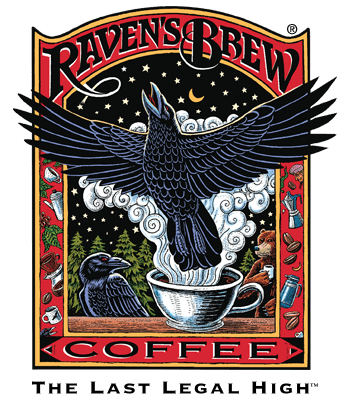In our last post on green coffee processing we discussed the two most widespread methods, washed and natural, but there are other methods that find space between them. To round out our exploration of coffee processing techniques, two less common but still influential methods that create unique results:
“Honey Processed” Coffees:
The middle ground between washed and natural coffees is commonly referred to as honey process or pulped natural. “Honey” refers to the stickiness of the beans during processing, although the right honey processed coffee can definitely have notes of honey too!
The coffee beans are partially dried and fermented in the cherry before being washed; or only part of the fruit is removed and the beans are allowed to dry with some remaining. There is a lot of variety here, leading to subcategories with names like golden, black, or white honey. Processing in this way requires both abundant water for the washing section, and hot climate for drying with fruit on the beans.
The resulting flavors can be complex, and heavily influenced by the different choices made around timing and the amount of fruit allowed to ferment on the drying beans. Honey process coffees can be fruity, but not in the sometimes-exaggerated manner of natural processed, with more rounded acidity than a washed coffee. The high level of quality control required to process this way successfully can create some exceptional coffees if done right.
Sumatran “Wet-Hulled” Coffees:
Sumatran coffee is worth mentioning specifically to its region since it is a unique case. The wet climate of the Indonesian island is ideal for growing arabica coffee, but less so for drying the beans after harvest. Giling Bashan, or “Wet-Hulling”, is the name of the unique processing used for coffee from this region, in some ways similar to natural process, but in others very different.
Farmers remove the skin of the coffee cherries immediately after picking, then ferment the beans in the fruit overnight. In the morning, the remaining fruit is washed from the beans, then they are partially dried in the yard. The coffee is shipped to warehouses, where the parchment around the bean is removed and they are dried further. There is one more drying stage—in the port of export as the beans wait to be shipped around the globe.
This process retains moisture in the beans at a higher percentage for a longer time compared to other coffees, resulting in earthy, spicy aromas and flavors and full body with low acidity.
You can discover the earthy notes of Sumatran Wet-Hulled coffee in Bruin Blend® coffee—this coffee features the fantastic body that Indonesian coffee is known for with pleasant nutty, herbal notes making it a great cold-weather warmer. Our 2020 Autumnal Equinox™ coffee was a rare Honey Process coffee roasted by Raven’s Brew Coffee Inc.®—if we find another that stands out like that one did you will see more in the future!
Explore the Pantheon of Liquid Bliss!









1 comment
I really ENJOYED reading how this process works!